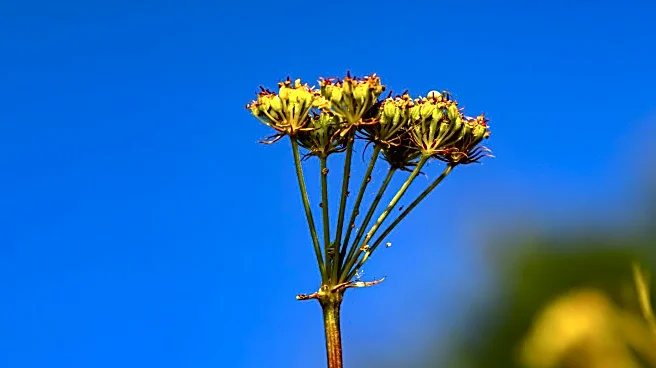What's Happening?
In Pennsylvania, the appearance of woolly bear caterpillars has sparked interest due to folklore suggesting their coloration predicts winter weather. Despite the myth, scientific evidence indicates that
the caterpillars' colors reflect their age and species rather than weather predictions. The caterpillars are known to survive winter and transform into Isabella tiger moths. The presence of these caterpillars coincides with the changing colors of local flora, including burning bushes and sassafras trees, which are displaying vibrant fall hues.
Why It's Important?
The folklore surrounding woolly bear caterpillars highlights the cultural significance of natural phenomena and the persistence of myths in local communities. Understanding the scientific basis of these myths can help educate the public about ecological processes and the importance of native species. The caterpillars' presence also underscores the seasonal changes in Pennsylvania's ecosystems, which are crucial for biodiversity and environmental health.
Beyond the Headlines
The myth of woolly bear caterpillars predicting winter weather reflects broader themes of how folklore and science intersect in public understanding of nature. This story serves as a reminder of the importance of scientific literacy and the role of education in dispelling myths while appreciating cultural traditions.












